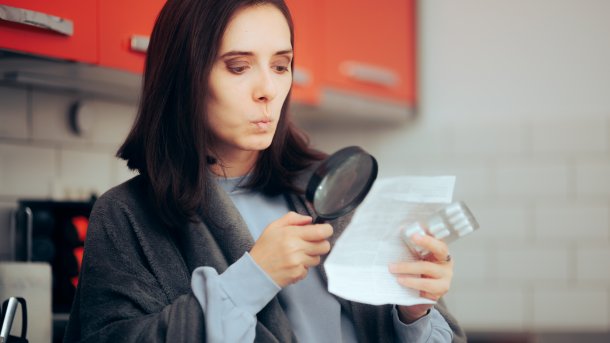Digital package insert can reduce emissions
A package insert generates a total of 7 grams of carbon dioxide equivalents on its way to pharmacies and hospitals. Researchers have discovered this.

(Image: Nicoleta Ionescu/Shutterstock.com)
Researchers from the Fraunhofer Institute for Material Flow and Logistics, the IGES Institute and Rote Liste Service GmbH have investigated how many GHG emissions can be saved by using a digital medication leaflet. From the officially approved file to printing and bagging in the box to transportation to pharmacies and hospitals, a paper-based label of 4 grams causes a total of 7 grams of carbon dioxide equivalents (CO2e).
These could be saved if the medication information is retrieved electronically via a database or a scan code on the packaging. The researchers received a sustainability award from the pharmaceutical industry for their detailed study.
Dispensing with paper can save emissions. The Fraunhofer IML investigated the effects of this in the case of package inserts, which must be supplied with every medicine. The Rote Liste Service and the IGES Institute were involved in the study. The researchers developed the "ePIL Carbon Calculator" as a simple CO₂ footprint calculator for package inserts.
It makes it possible to compare the printing and distribution of package inserts directly with the electronic equivalent. "In concrete figures, this means that an average paper-based leaflet weighing just under 4 grams generates 7 grams of carbon dioxide equivalents (CO2e)," according to the Fraunhofer IML report.
According to the IGES Institute, the digital provision of package inserts could also improve patient information. The information could be stored together with the electronic medication plan in a patient file and searched more easily.
(mki)